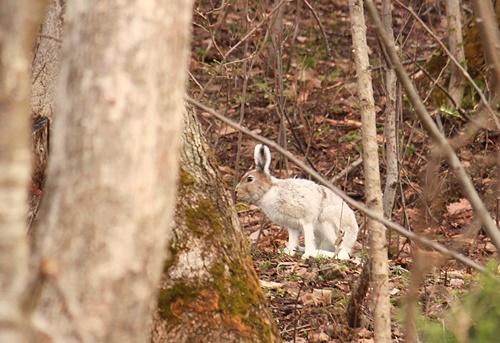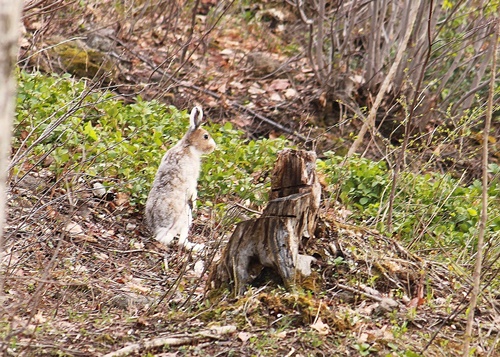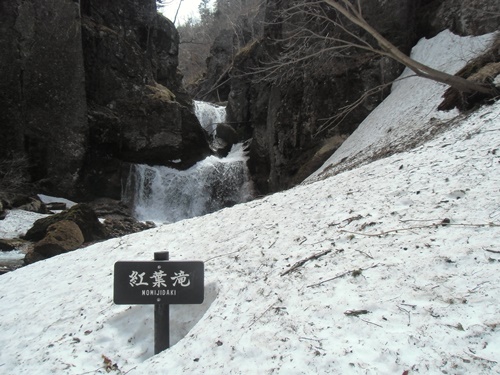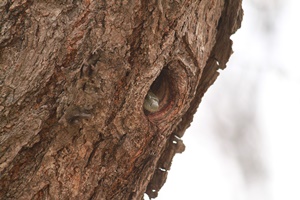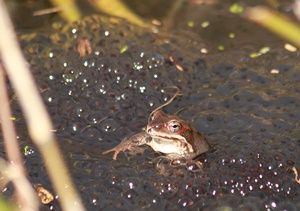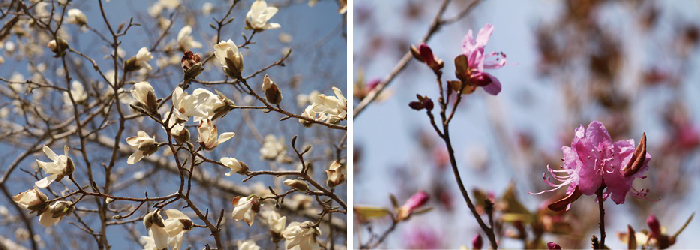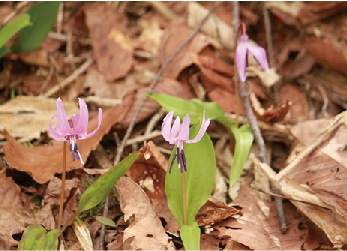time has come for Lepus timidus ainu to shed their winter coat.
The hare in the photographs looks like it is wearing a mask.
I finally managed to take a few photographs, but then the hare noticed me and bolted away at an astonishing speed.
I spent a lot of time today waiting very quietly and patiently for the hare to approach.
Photo: A Lepus timidus ainu in Kamikawa Town May 6
The hare in the photographs looks like it is wearing a mask.
I finally managed to take a few photographs, but then the hare noticed me and bolted away at an astonishing speed.
I spent a lot of time today waiting very quietly and patiently for the hare to approach.
Photo: A Lepus timidus ainu in Kamikawa Town May 6
